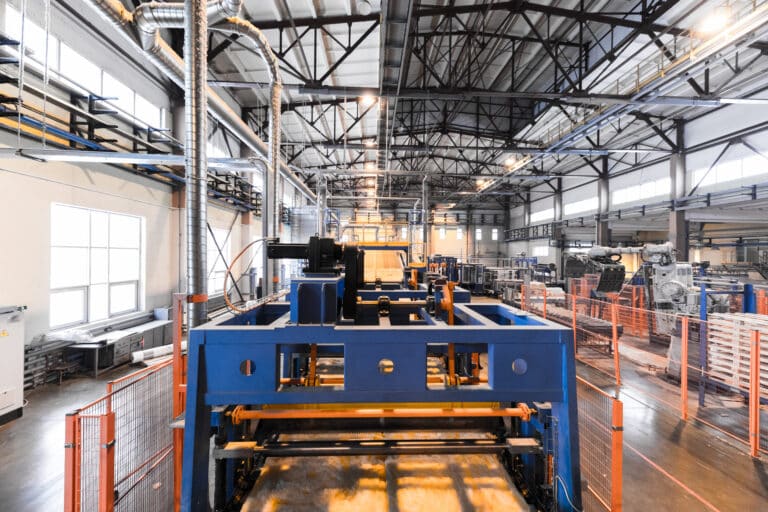Global warming has pushed many people to seek renewable energy sources to sustain the environment. Using energy from the sun for our power needs means lesser harmful emissions compared to fossil fuels. Additionally, solar energy eliminates waste generation and water contamination as well. With growing technical advancements, it has become convenient to use solar energy. It is used for providing heat, light, and similar electricity-based needs for homes and industries. However, for the successful operation of any solar system, detailed long-term seasonal variations need to be accounted for. Solar Hervey Bay has experts that can help you with all your solar needs and queries.
Explaining Grid-Tied Solar Systems
Solar systems of all kinds work on the same basic principles. Solar energy from sunlight is converted into DC power utilizing the photovoltaic effect (PV). The DC power generated can be converted into AC power using a solar inverter or stored in a battery unit. Any excess amount of power or energy can be provided into the electricity grid in exchange for credits or stored in various battery systems. This is solely dependent on the type of solar system in use. Thus, a solar system where the excess amount of power is fed into the electricity grid is called a grid-tied or grid-feed, or on-grid renewable energy system.
Components Of A Grid-Tied Solar System
- Solar Panels
Solar panels are mostly made of silicon-based photovoltaic cells (PV cells) for converting sunlight into DC power. These cells are interconnected within the panels through wires in the form of a continuous network known as the solar array. It is basically the light energy from the sun which produces electricity, and not the heat. The tilt angle and orientation of solar panels dictate the amount of solar energy that can be generated. As such, the efficiency of solar panels can decrease due to losses from grime, shading, or ambient temperature. Solar panels are capable enough to generate power even on cloudy days but with reduced efficiency. The term Peak Sun Hours (PSH) represents the average amount of light energy generated in a day.
- Rack And Wiring
Racking and mounting are necessary to keep the solar panels in place on the ground or on the roof. They are also responsible for proper ventilation of the panel system to keep the modules from overheating. The efficiency of solar panels can be negatively affected due to overheating if neglected. Wiring provides the pathway for DC power generated in the panels to the solar inverter. It is also necessary to carry power from the inverter to the house or the net meter as well.
- Solar Inverter
The main purpose of a solar inverter is to convert generated DC solar power into usable AC power for homes and businesses. Solar inverters can also conduct a real-time assessment of the excess energy output, which can be exported to the grid. There are usually three types of solar inverters – string inverters, microinverters, and string inverters with power optimizers. In the first type, solar panels are interconnected in series, and the cumulated DC power is brought into the inverter for conversion. But for microinverters, each panel has an individual micro-inverter attached to the back. This allows DC to AC conversion on the roof itself, and the resulting power is directly fed into electrical switchboards. Power optimizers in the third type allow additional control and monitoring of individual panels for efficiency.
- Net Meter
In a grid-tied solar system, the net meter functions as two-way monitoring equipment for the energy exchange. The utility company usually provides it, or they will calibrate an existing installation for accuracy. The converted AC power is segregated for homes or businesses, and the excess energy is fed into the grid through the net meter. If the entire amount of generated power is exported to the grid, it is called gross metering.
Working Of A Grid-Tied Solar System
We take a look at how a grid-tied solar system works after generated power reaches the net meter.
- After the segregation of power for home or business purposes, excess power runs through the net meter to calculate the total export or import (only while purchasing due to shortage).
- Metering systems in most of Australia calculate the exported power to the grid alone. Some systems might measure the total electricity produced, thereby needing electricity to run through the meter before reaching the switchboards. While other systems separately measure exported electricity from the total generation, and a consumer gets credited for net export monthly or yearly.
- Excess electricity exported to the grid can be utilized by other consumers in the process. When a solar system’s efficiency degrades due to any reason, or energy requirements exceed generation, a consumer can import electricity from the grid on request.
All in all, grid-tied solar systems are an easy and inexpensive way of using clean, renewable solar energy at home or in a business. As battery units for storage are not required, overall equipment and installation costs are low. Unused electricity can be automatically exchanged for power credits, which can be a big plus for consumers.












